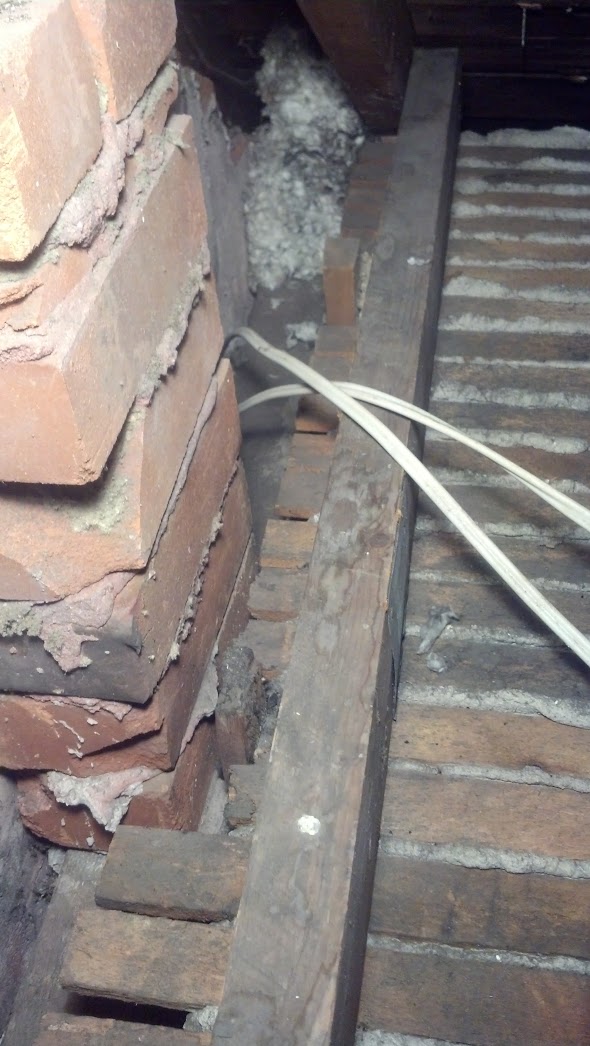Because it s nearly impossible to seal penetrations in the ceiling the reality is water vapor will get into the attic.
Do i need a vapor barrier in my attic.
By the time you paint the drywall though you ve brought it into the class iii vapor retarder range between 1 and 10 perms and even less water vapor will diffuse through.
However all attics vented or unvented and in all climates should have an air barrier such as an airtight drywall ceiling.
You have loose fill insulation in the attic which doesn t have a vapor barrier.
No you don t need a vapor retarder class i or otherwise.
Attic vapor barrier detail for cold climates even though we apply vapor barriers to exterior insulated walls in cold climates it s no longer recommended for ceilings floor of the attic.
On the other hand an air barrier a properly detailed air tight drywall ceiling for example in the absence of a vapor barrier can be effective since it stops the flow of vapor laden air.
The theory is that part of the moisture vapor in the house is actually blocked by the drywall and paint on the.
In areas with high humidity such as greenhouses rooms with spas or swimming pools and bathrooms vapor barriers are often recommended.
Not every wall does.
Avoid adding interior vapor barriers where the outer wall construction already includes a material with vapor barrier properties.
Hi beth do not add a vapor barrier on top of the insulation in your attic since the paper facing on the existing insulation is the vapor barrier.
Seal the air leakage pathways.
After the insulation is in place you will want to add a vapor retarder sometimes called a vapor barrier if you need one.
Most authorities recommend vapor barriers in certain situations.
In hot dry climates your attic can be vented though like in hot humid climates you should not install any vapor retarder or barrier.
A vapor barrier in an attic assembly in a severely cold climate with the absence of an air barrier will likely be ineffective.

